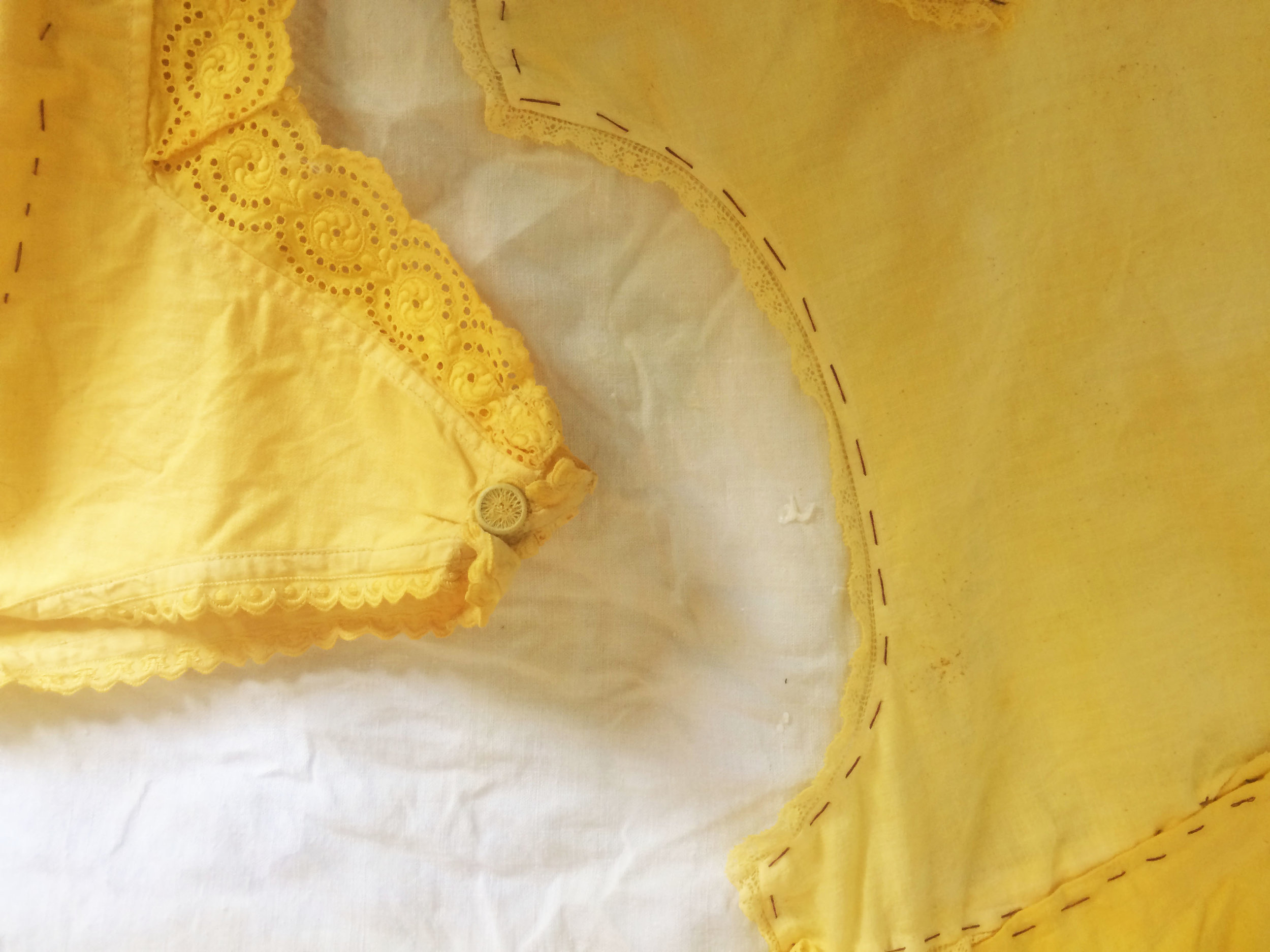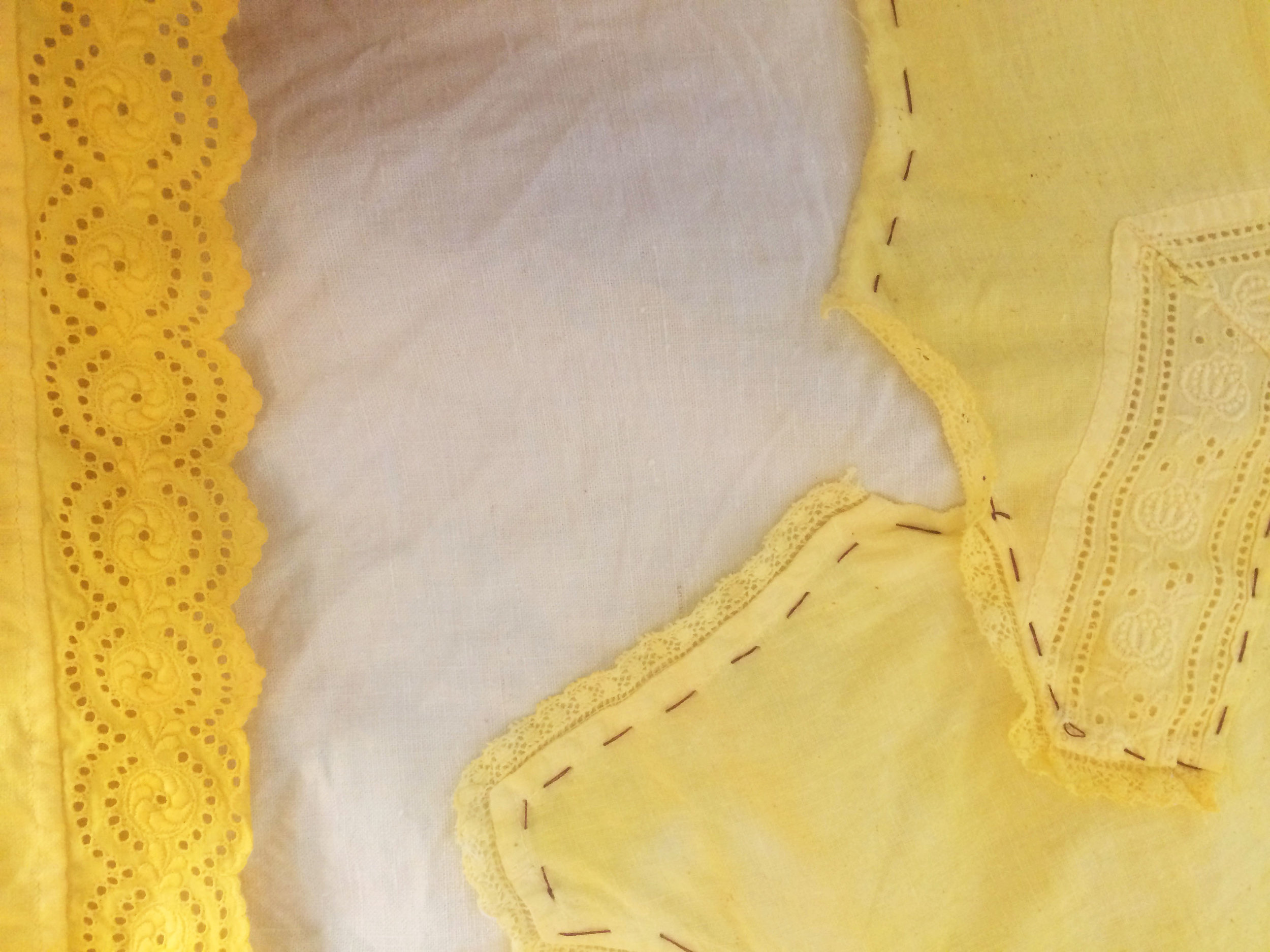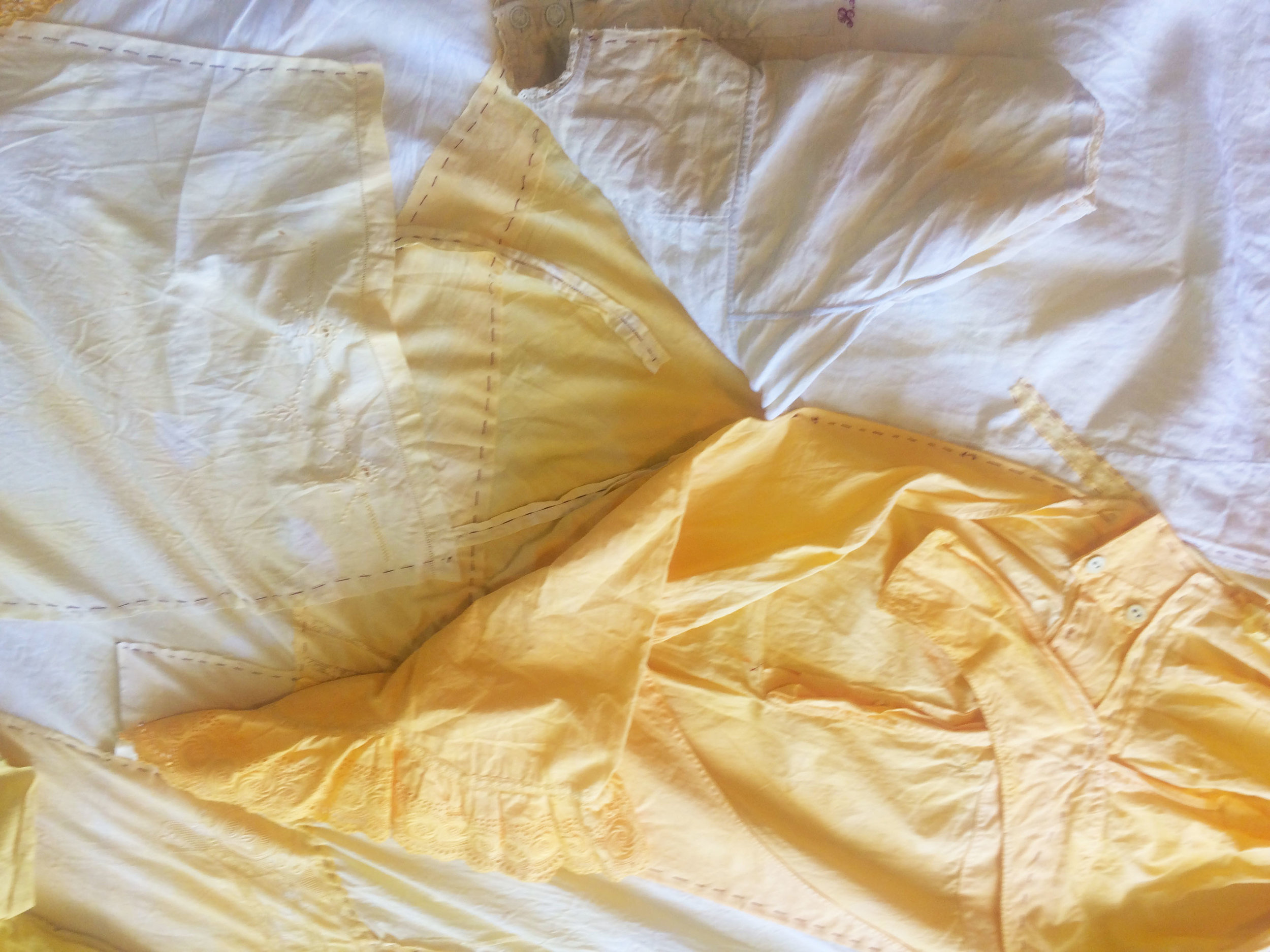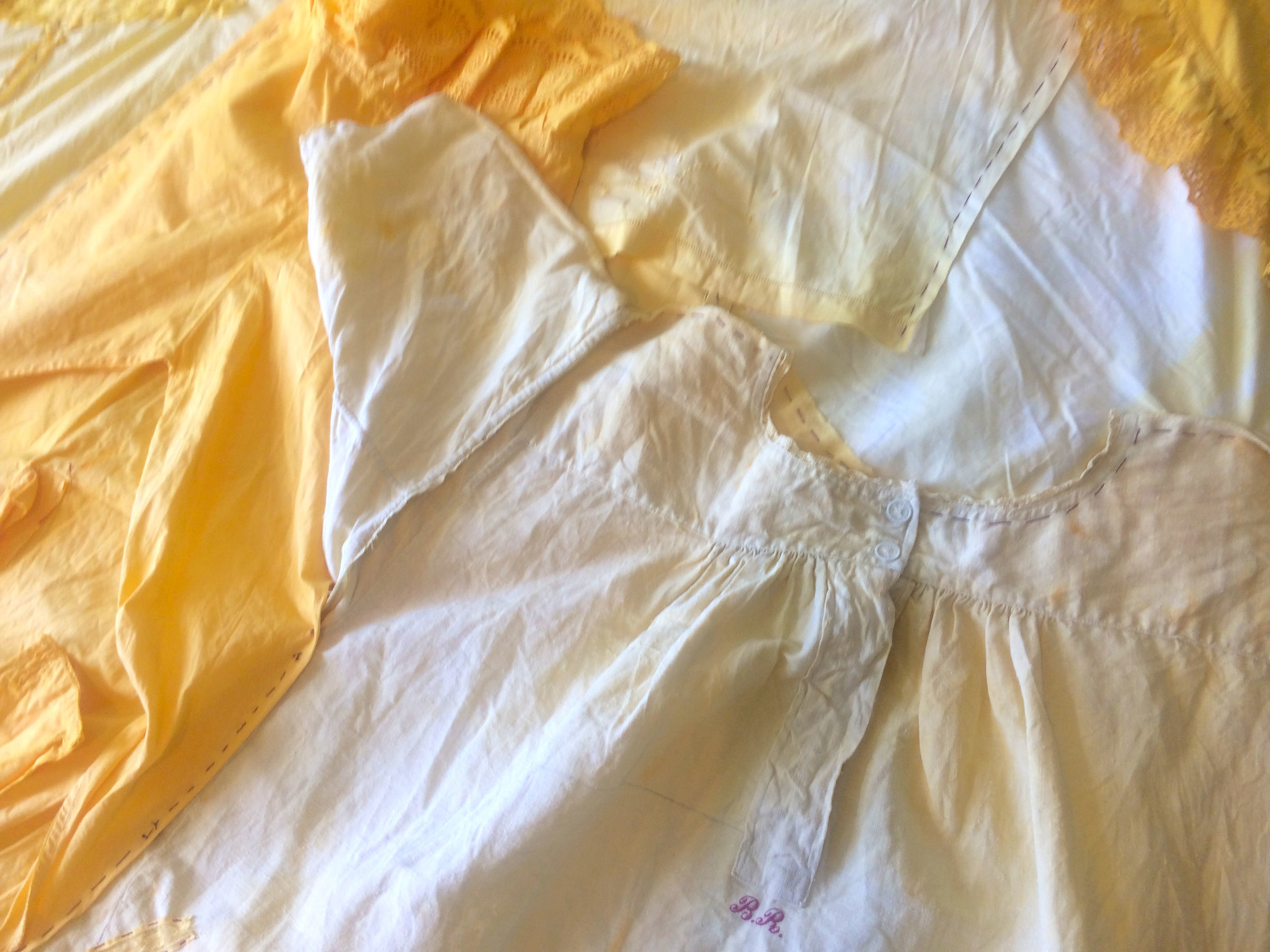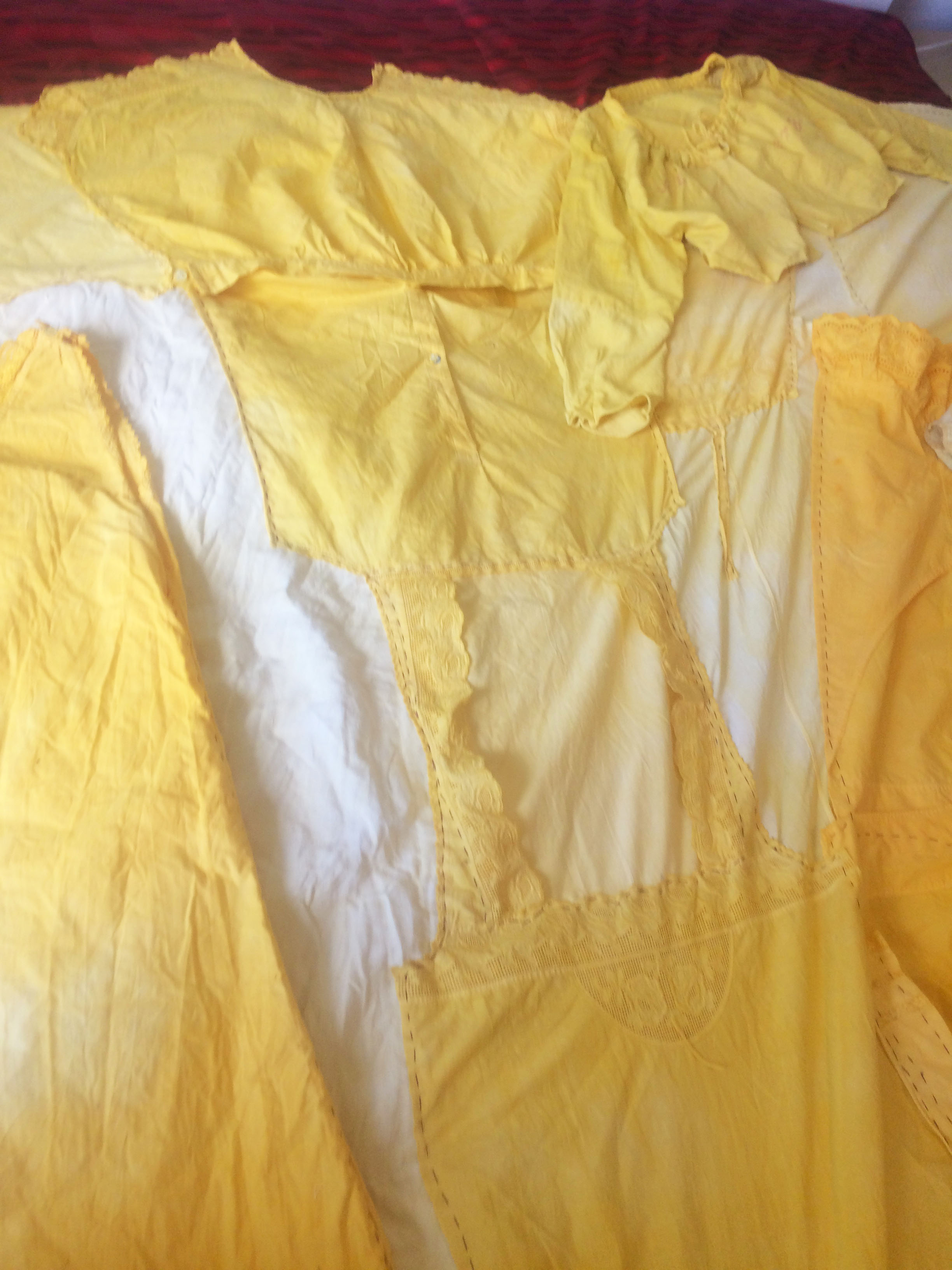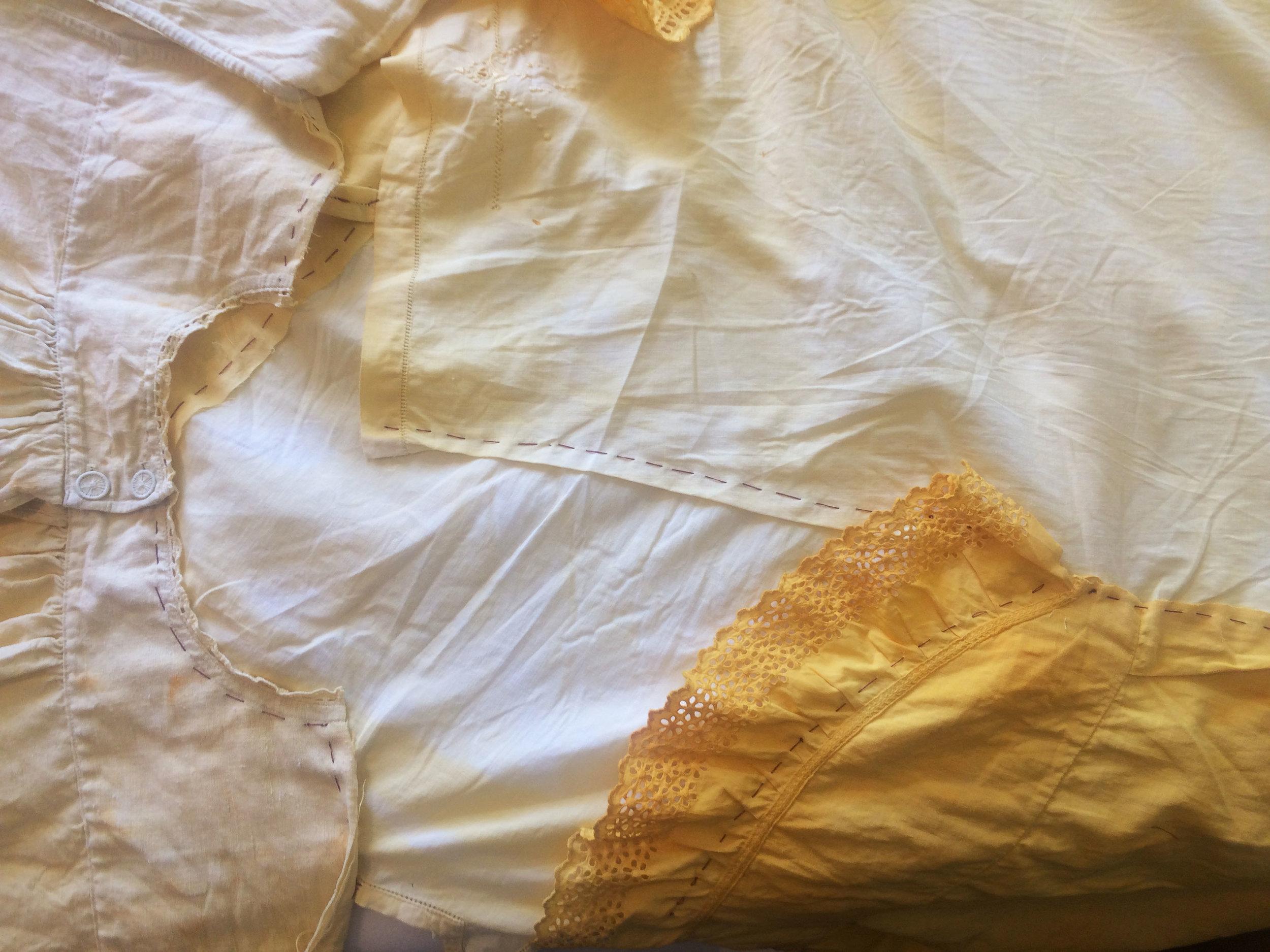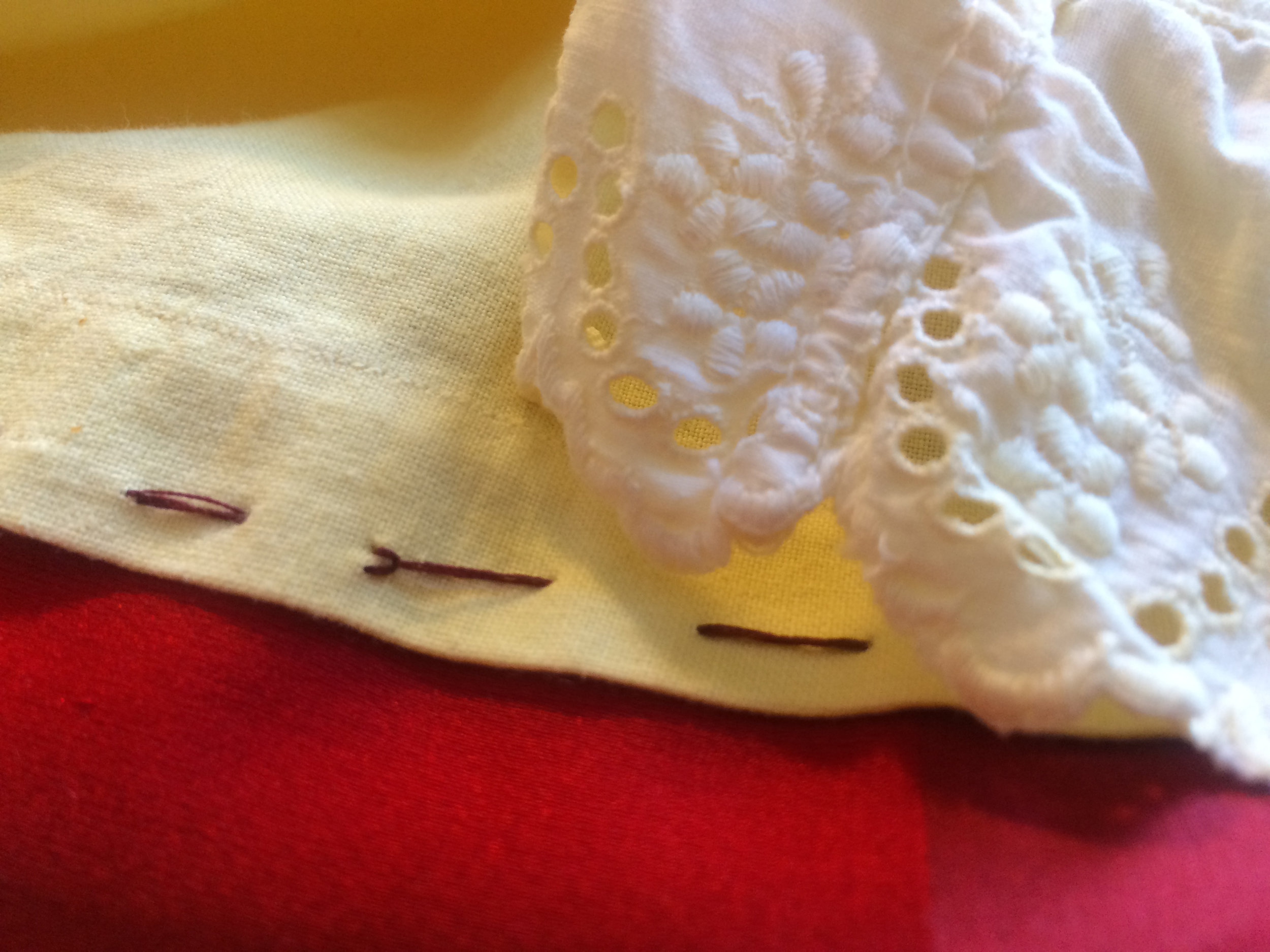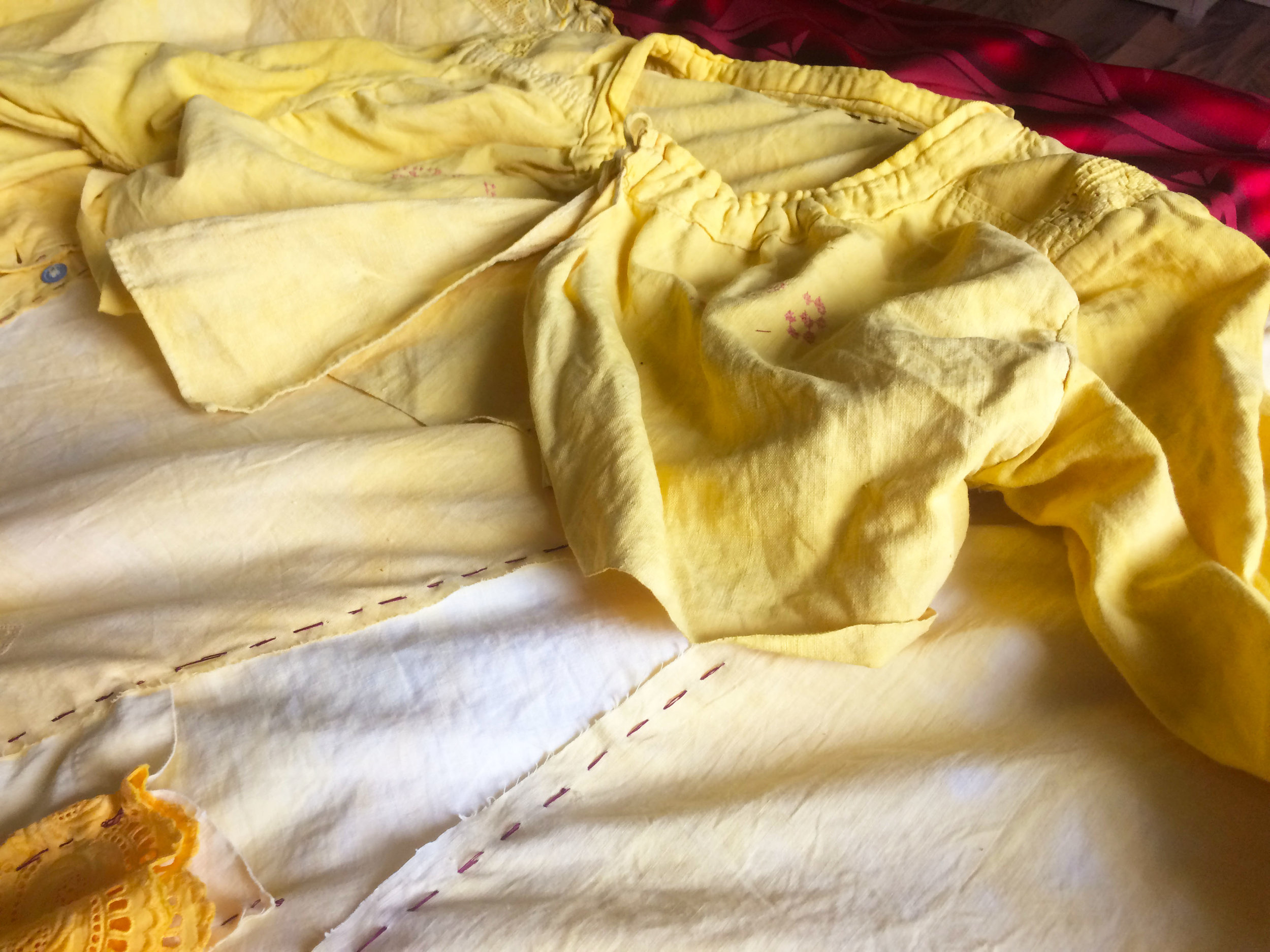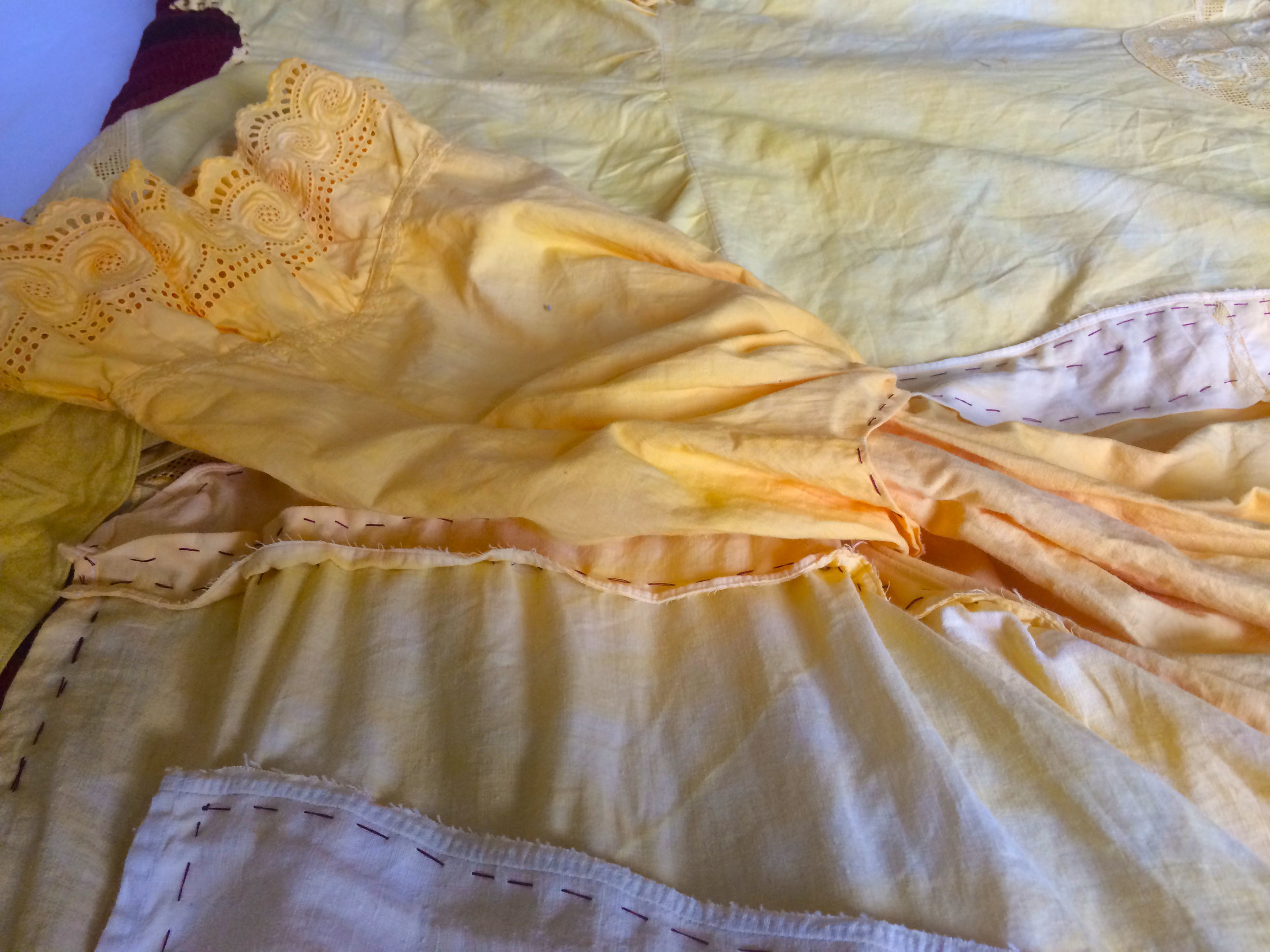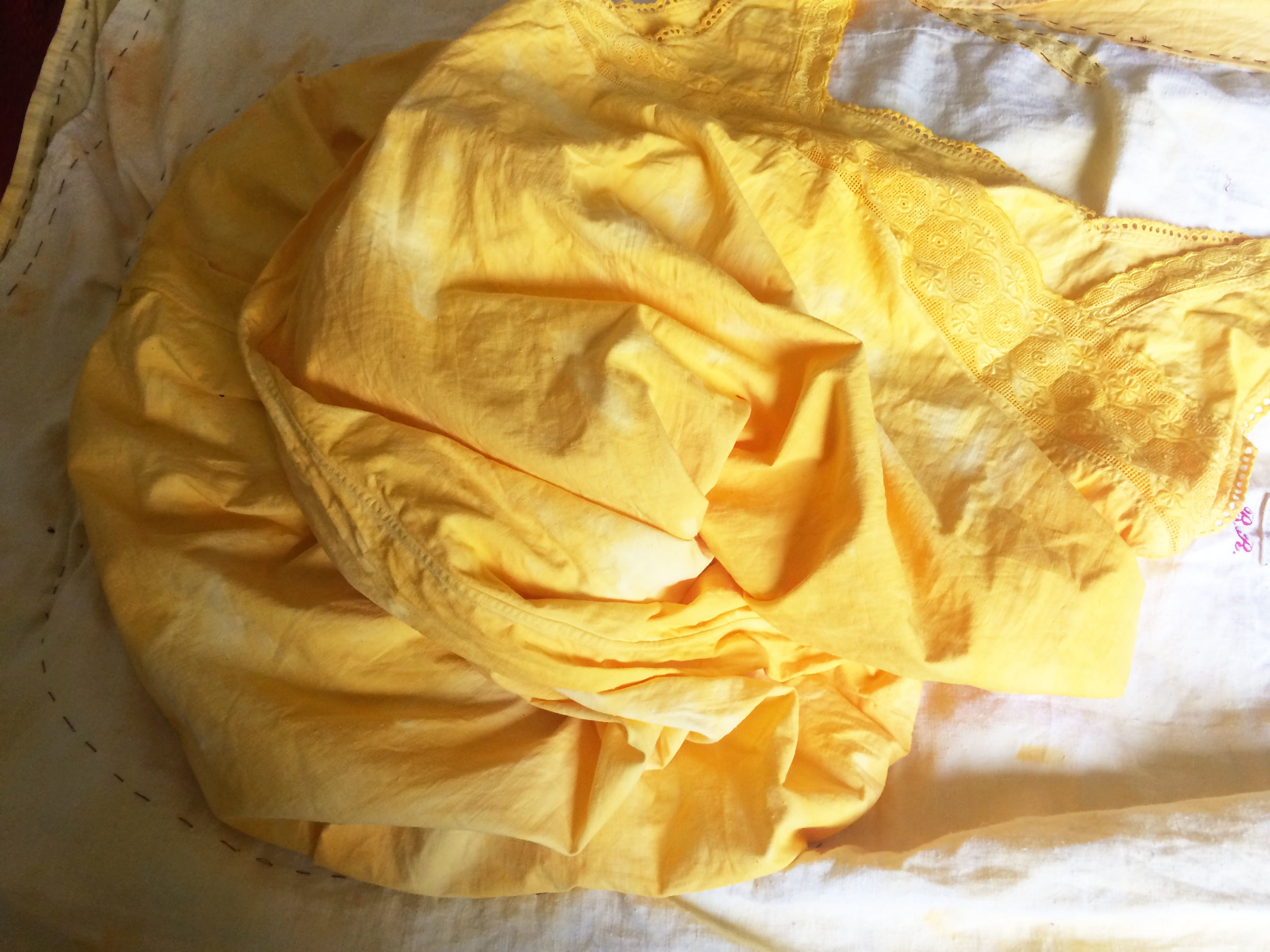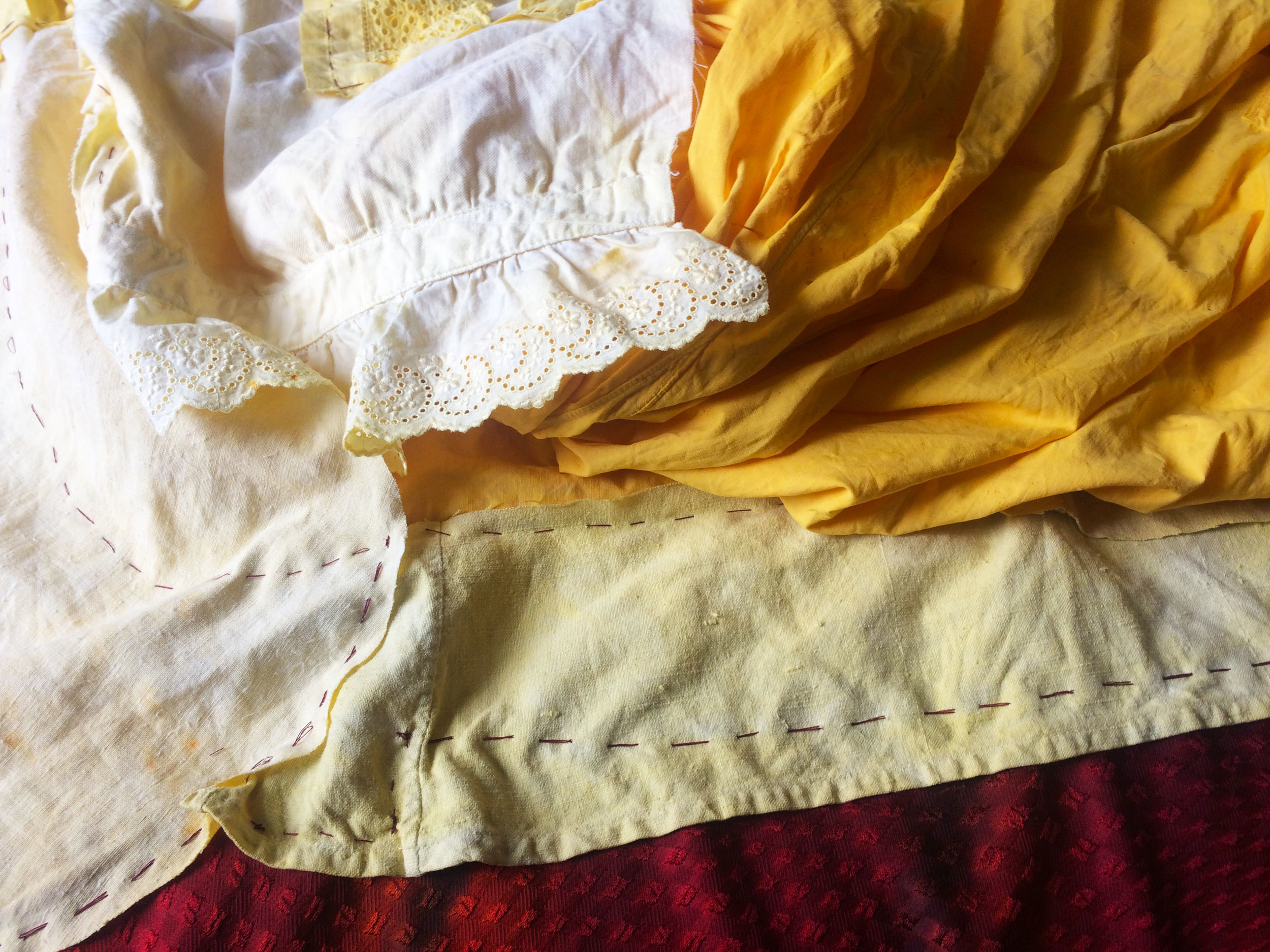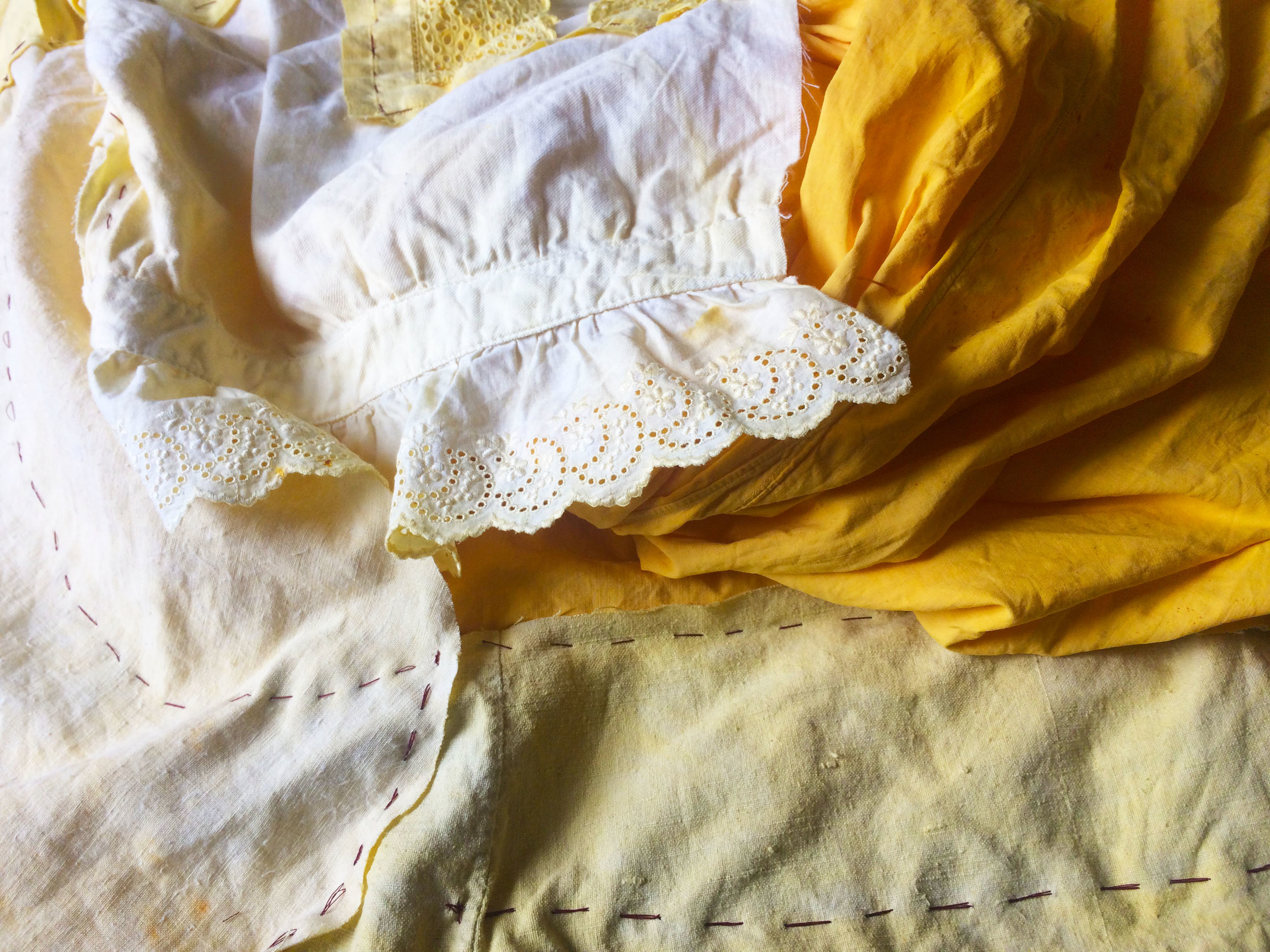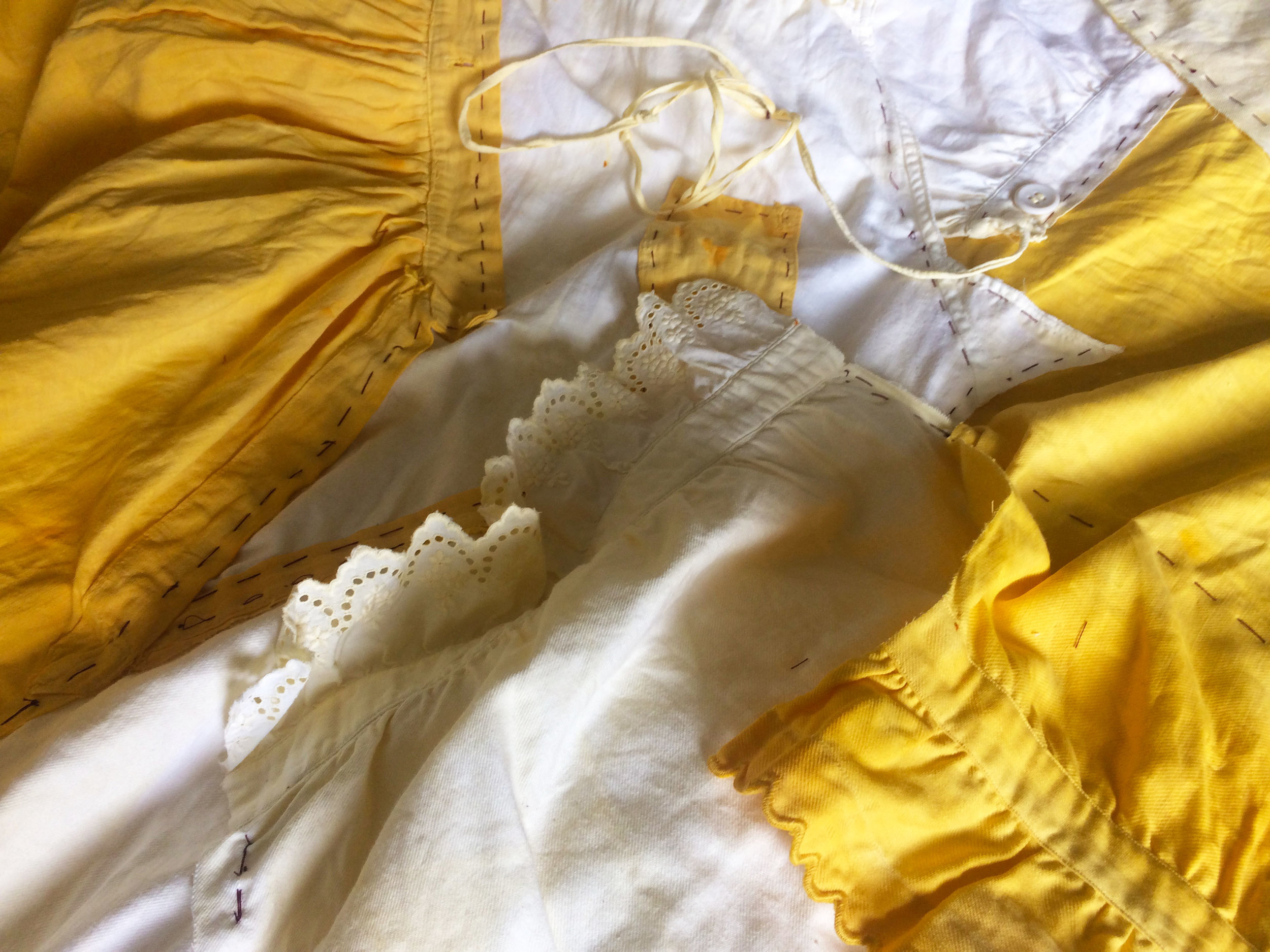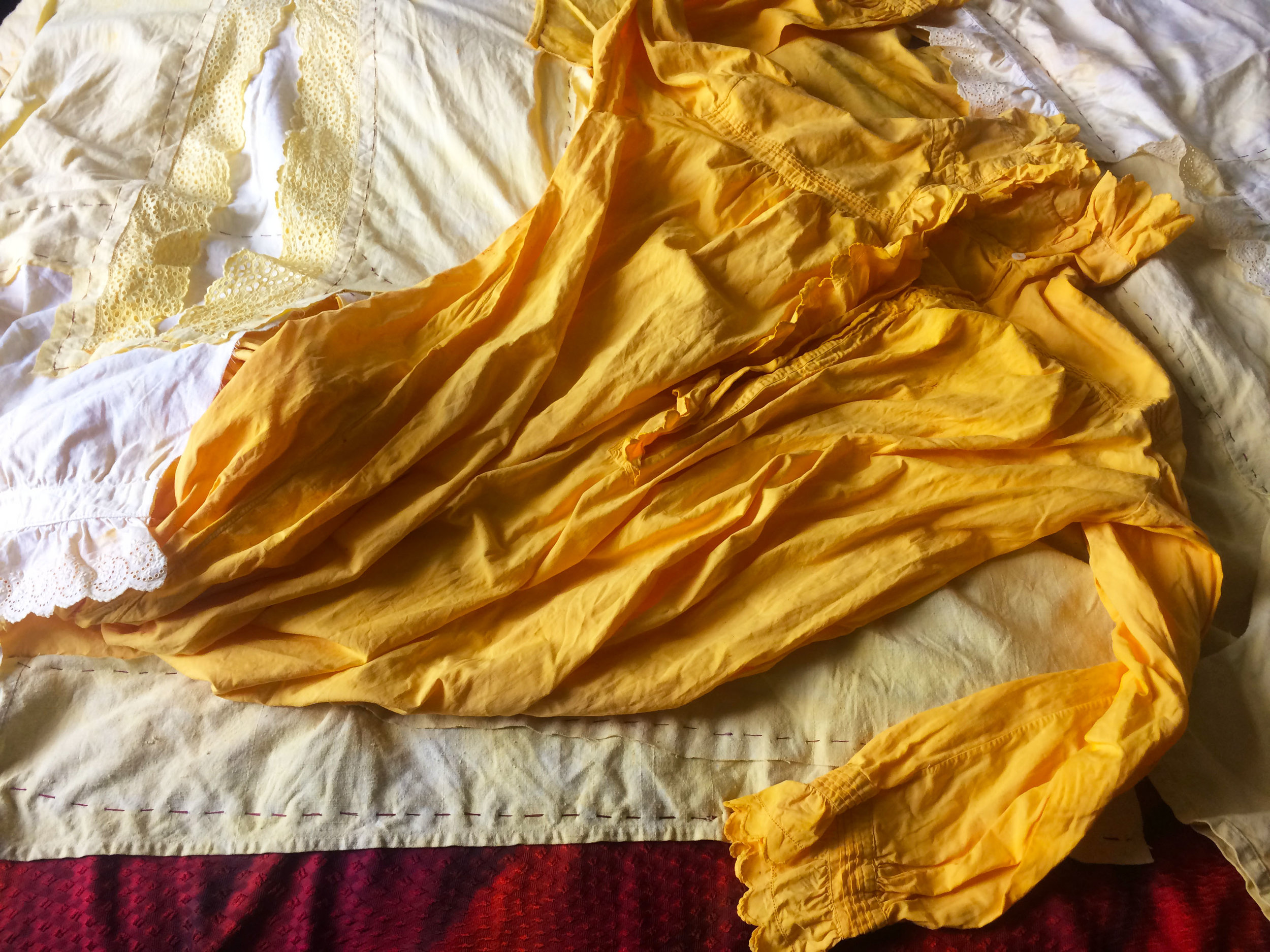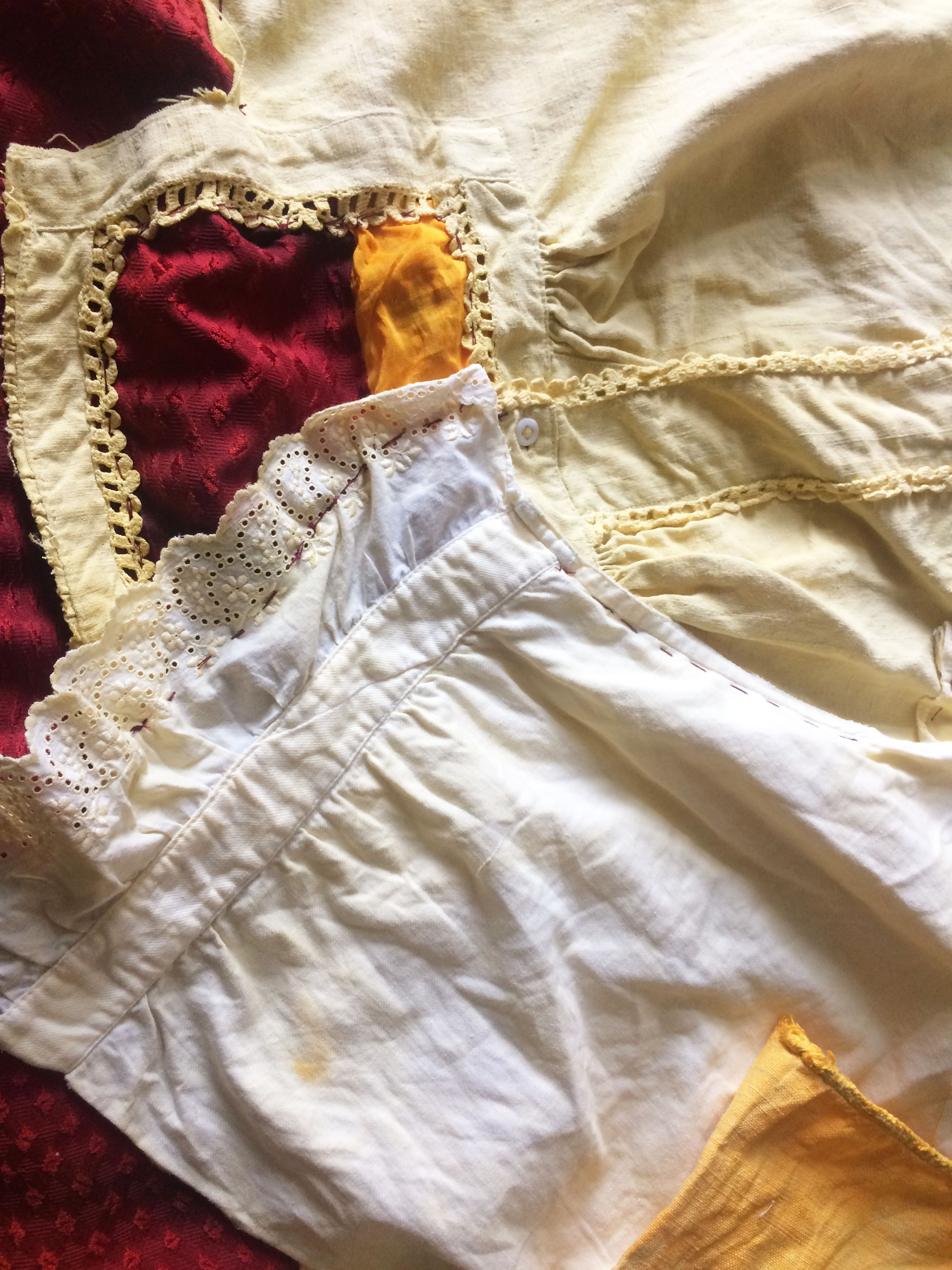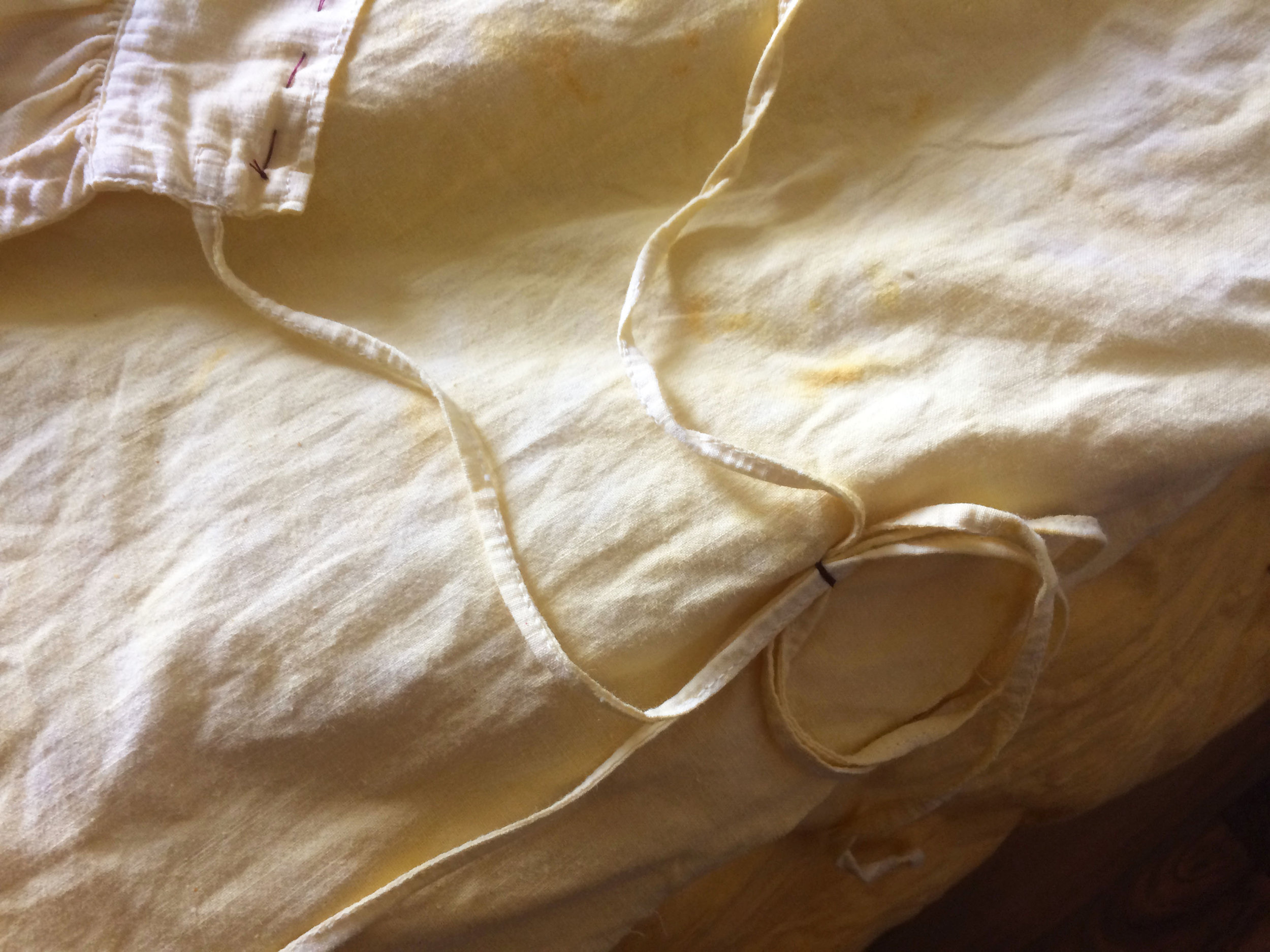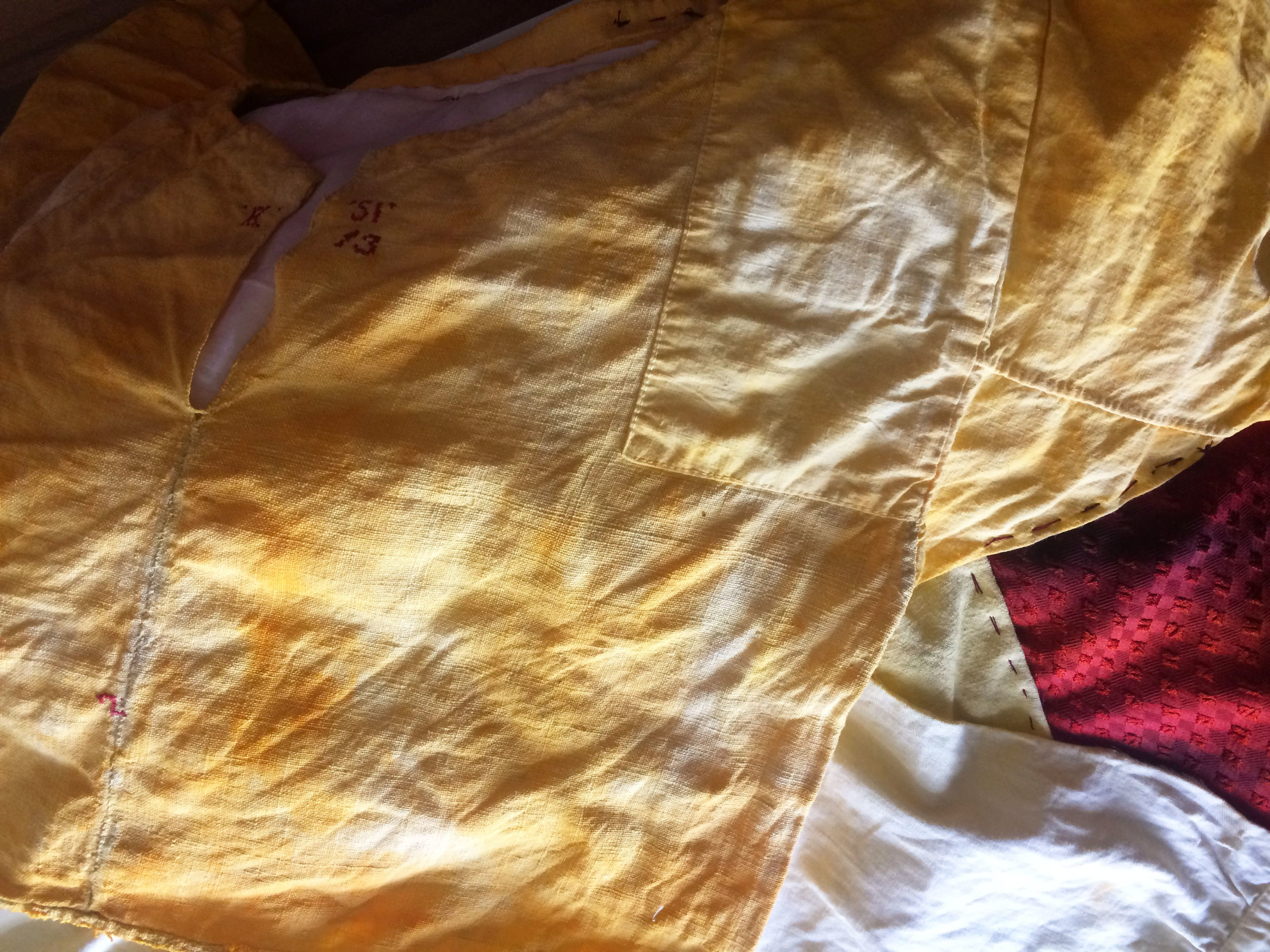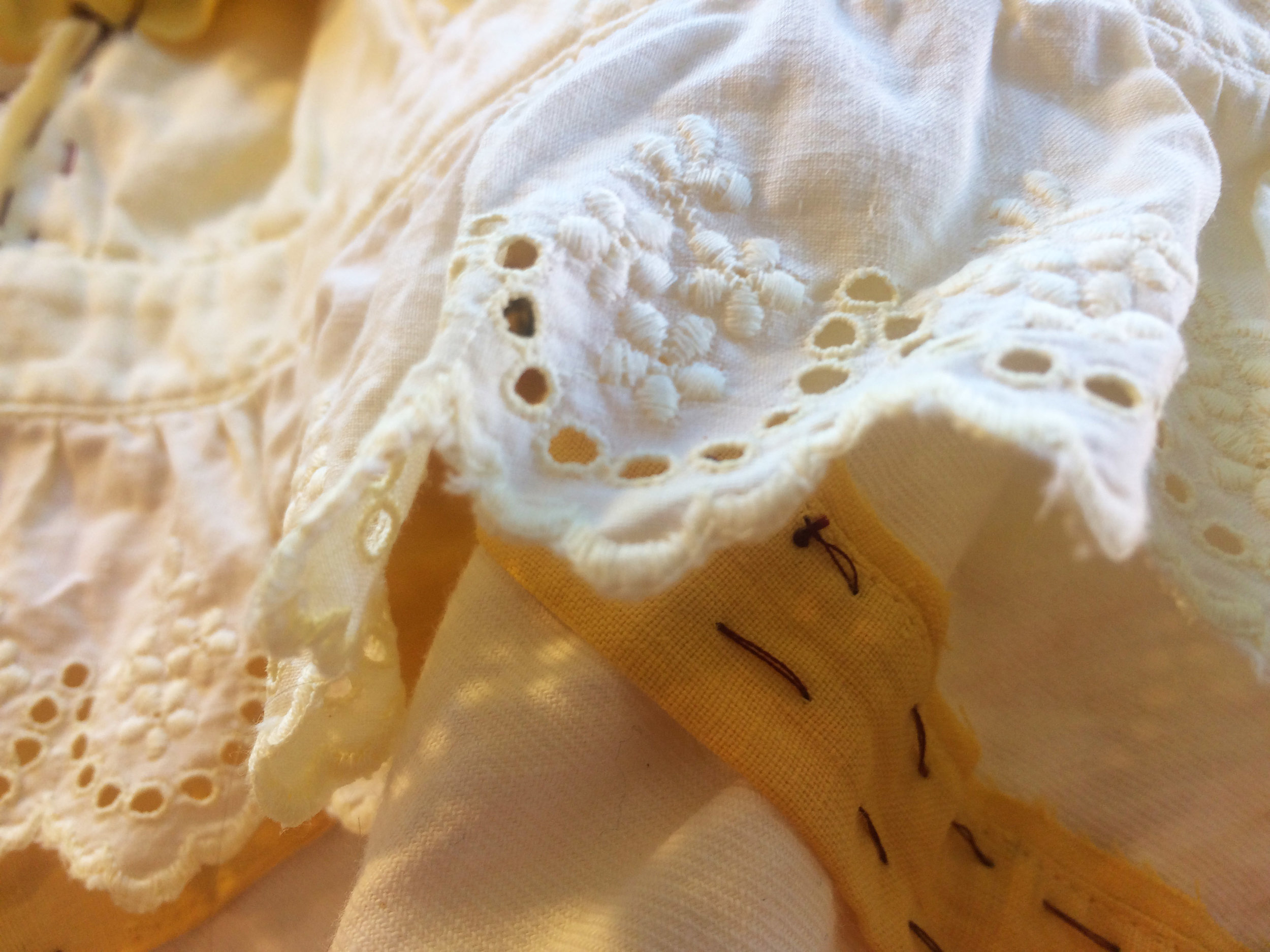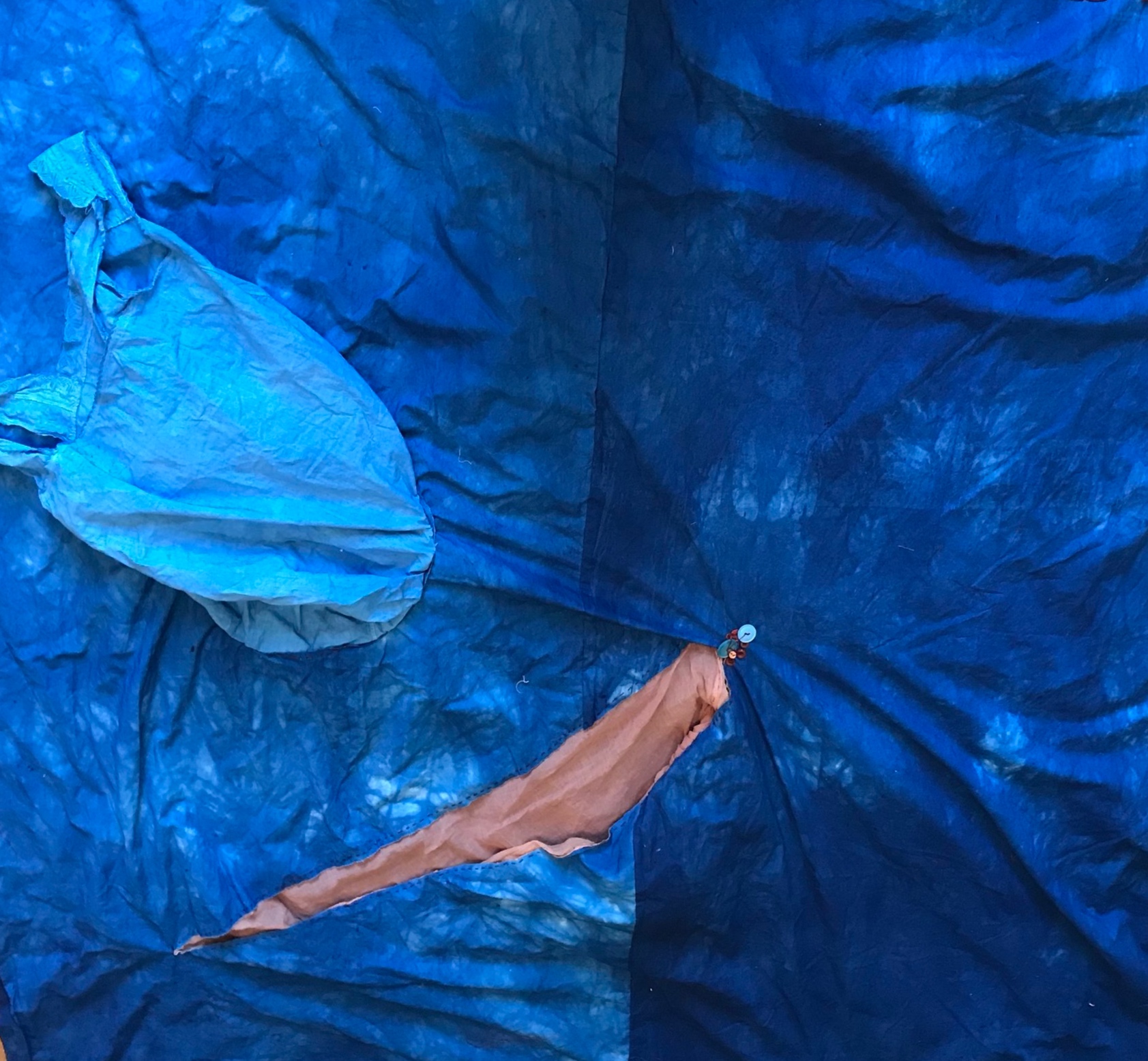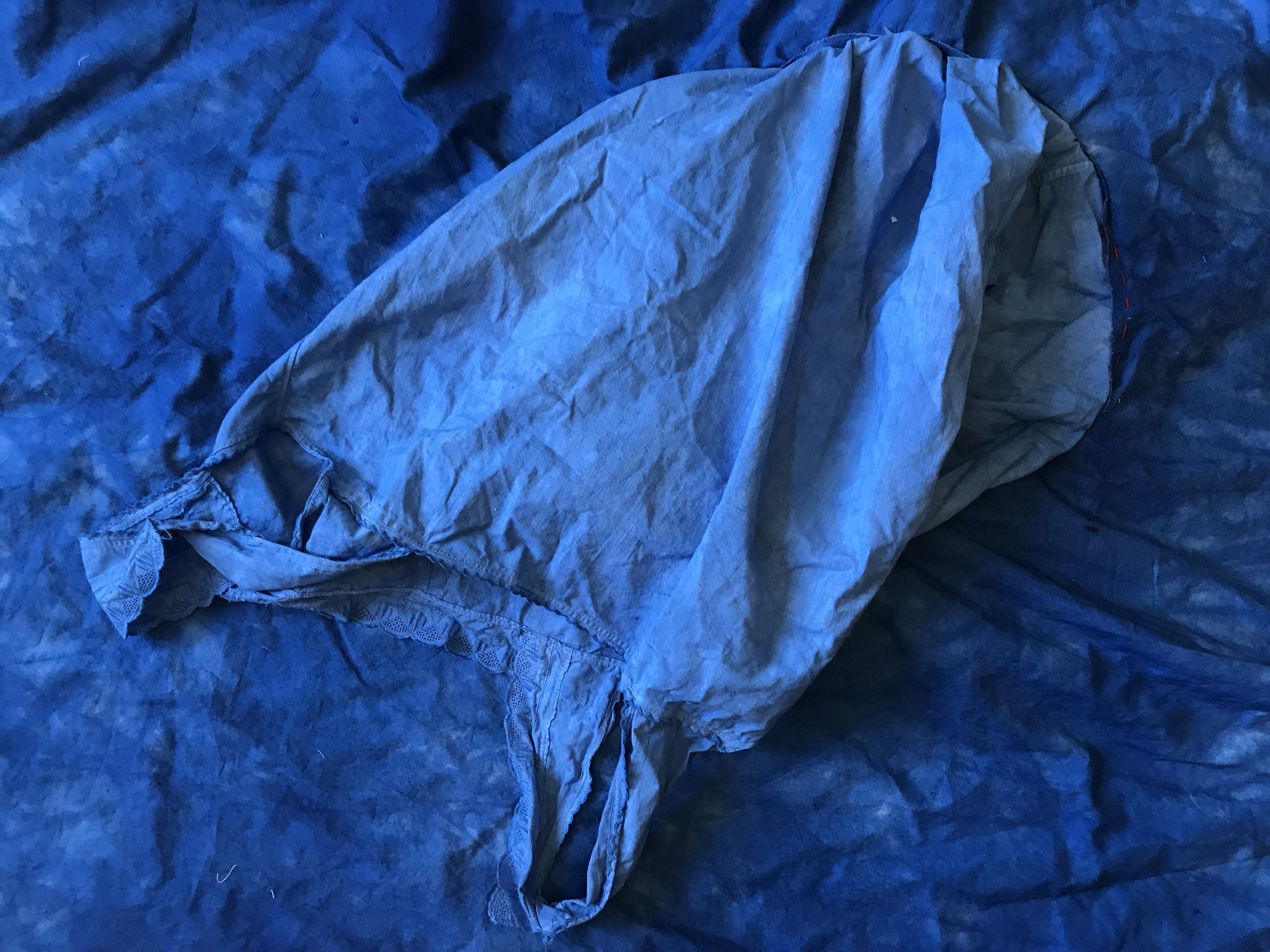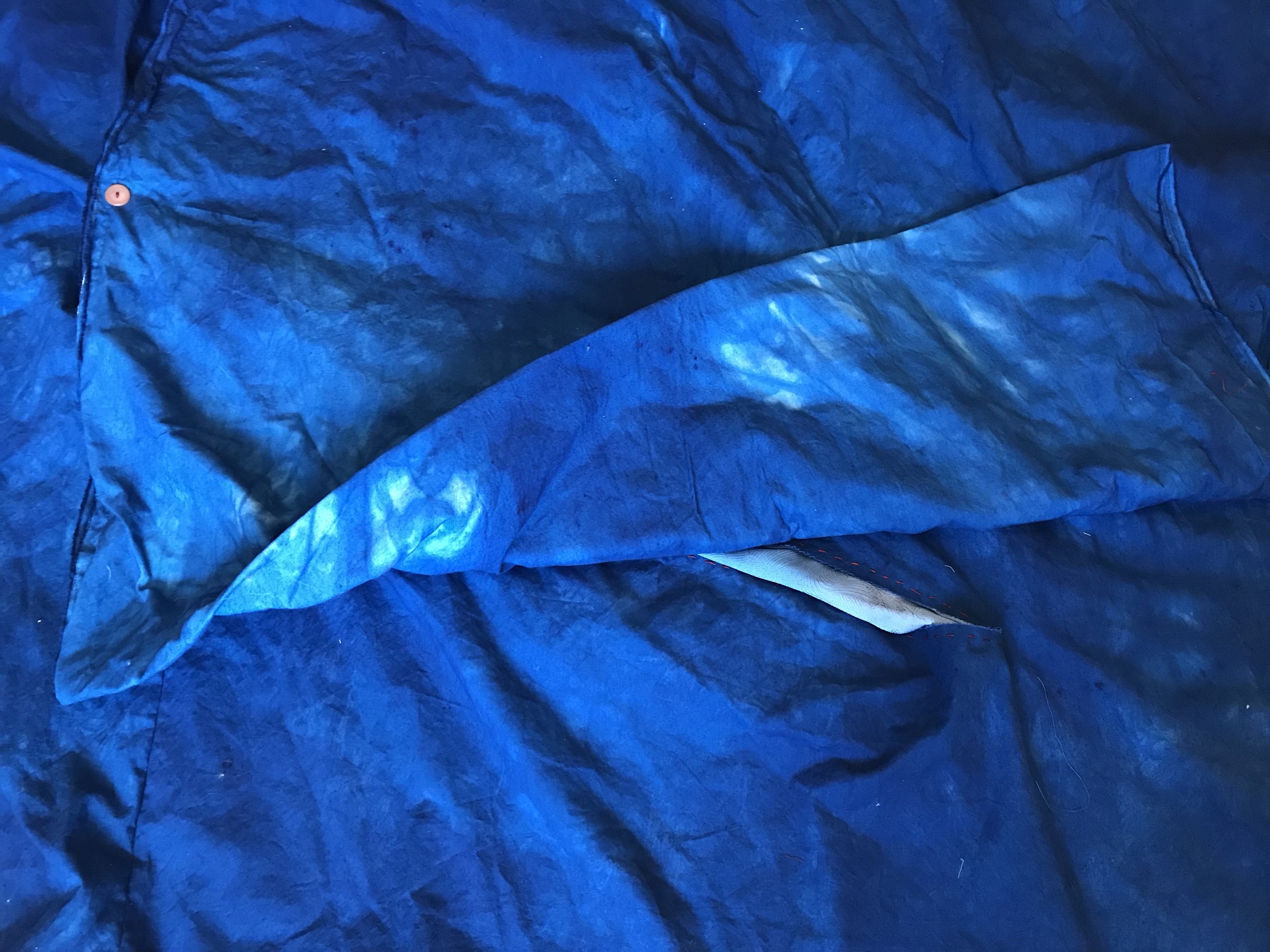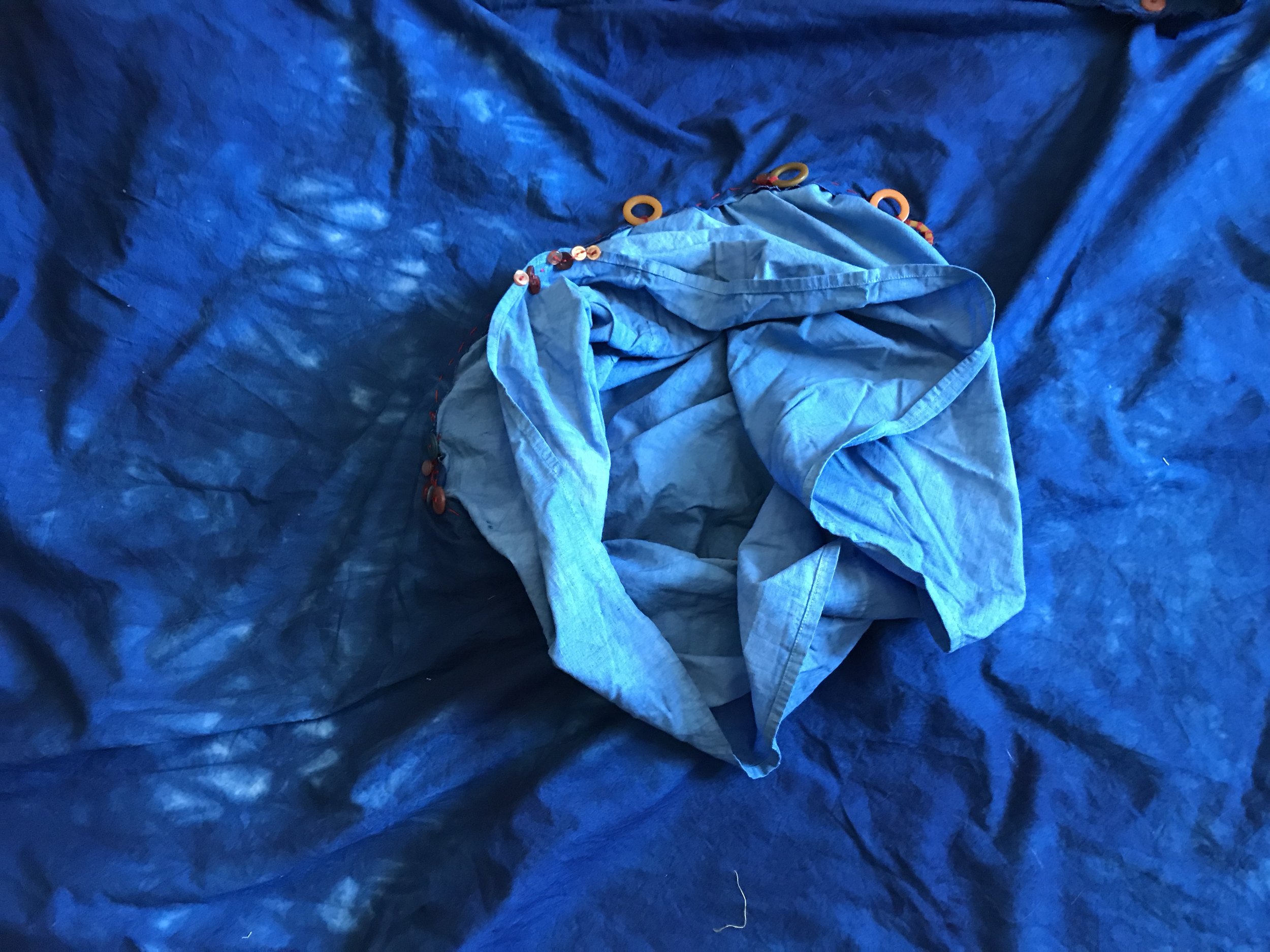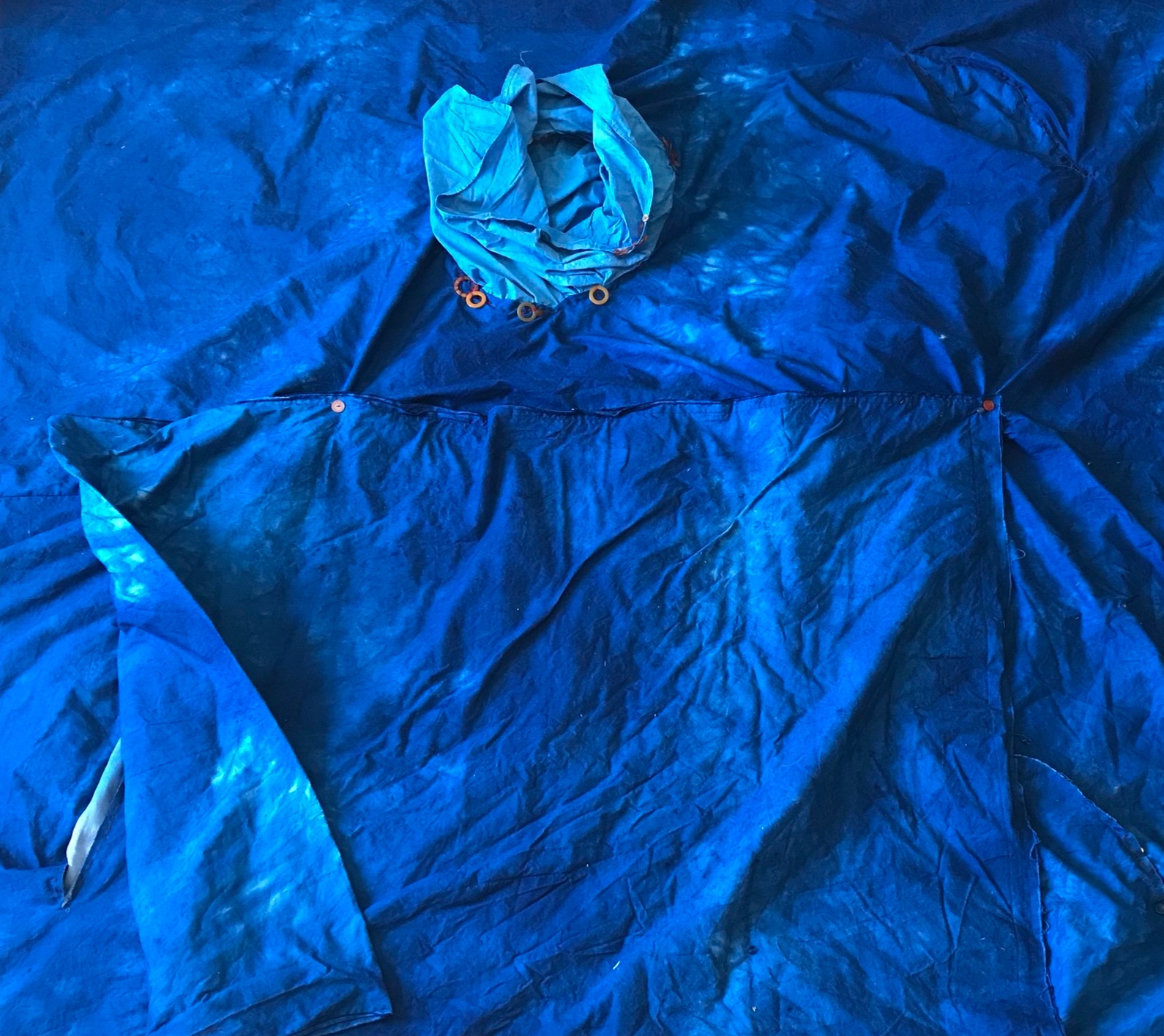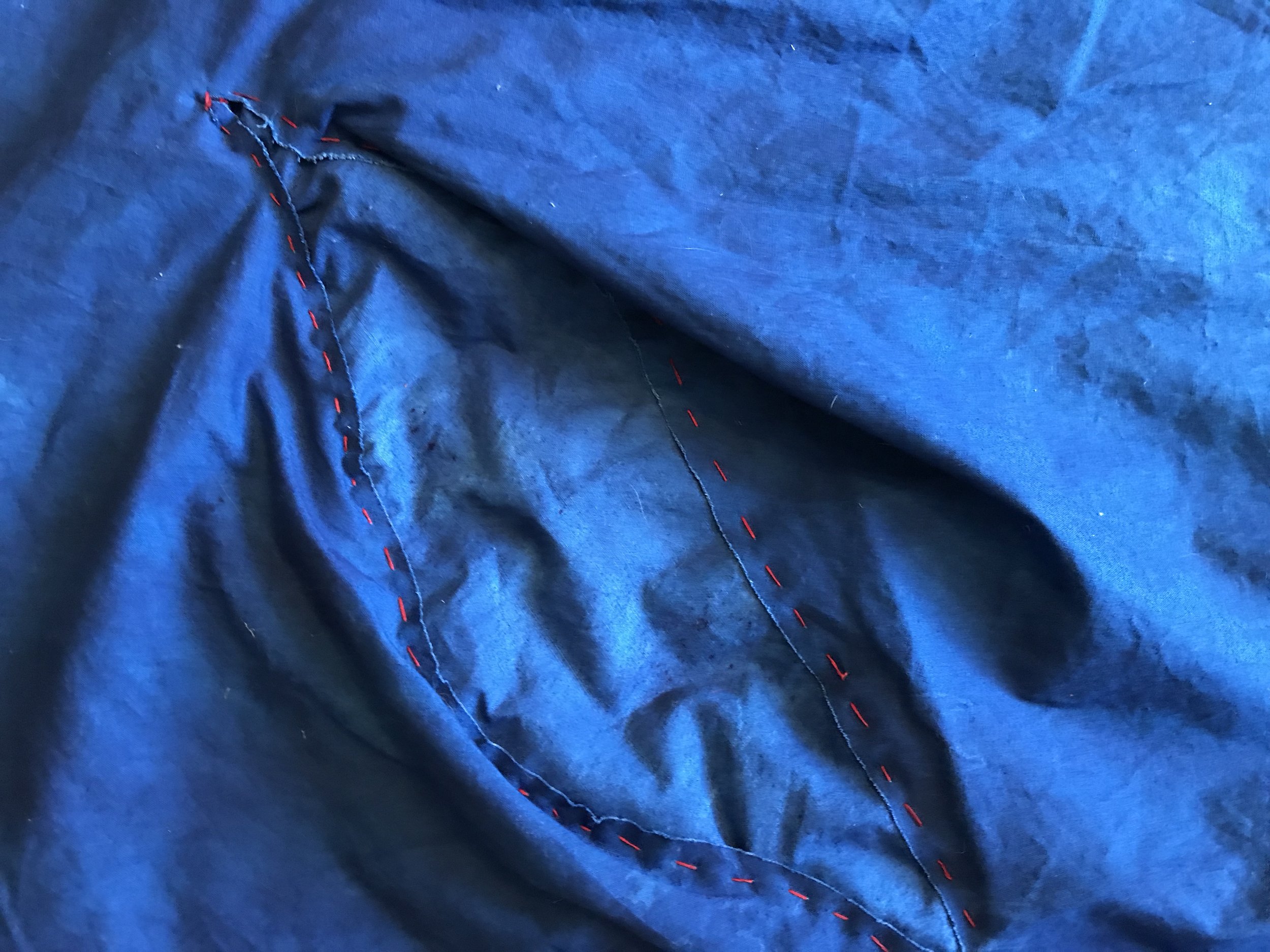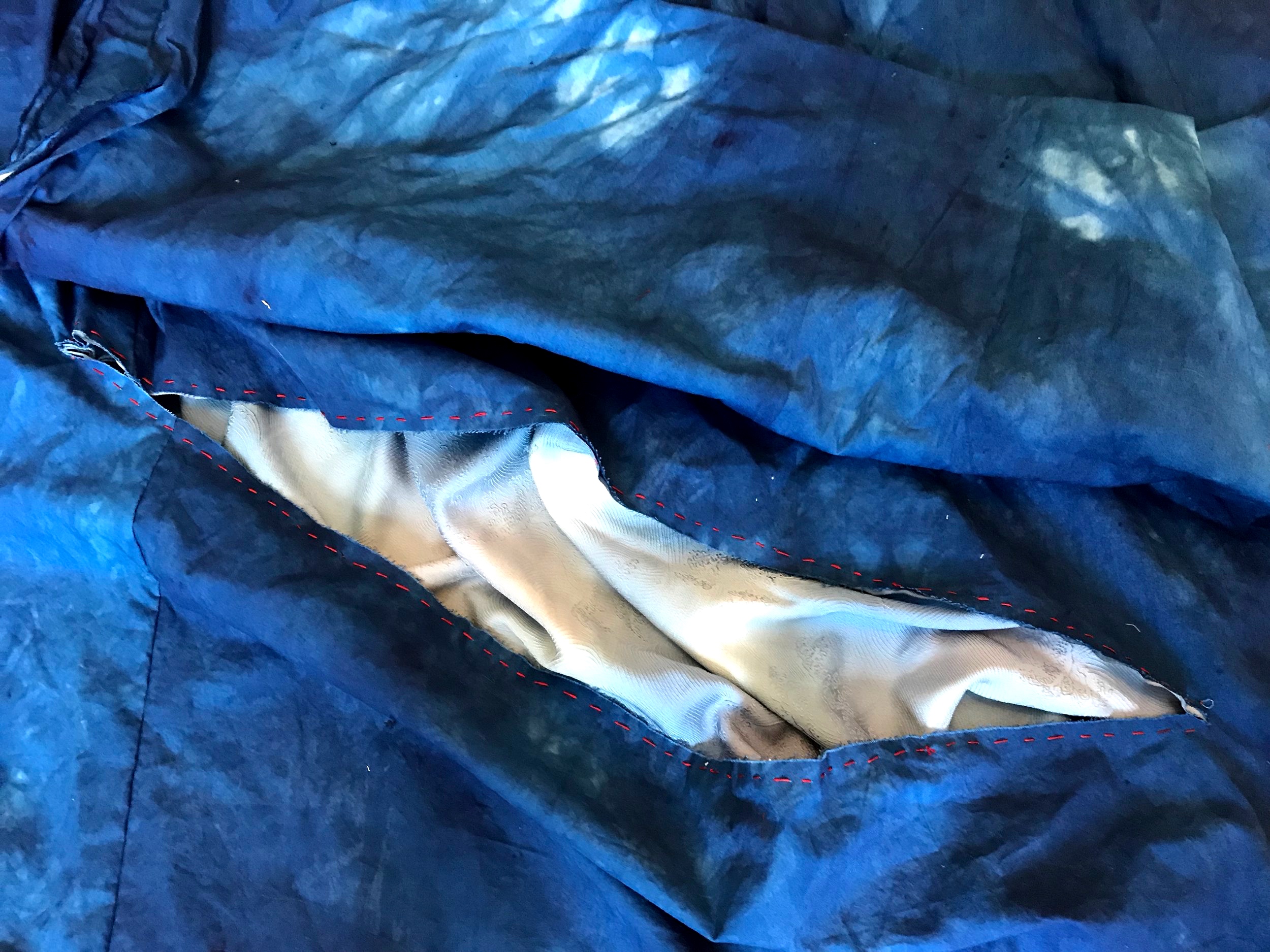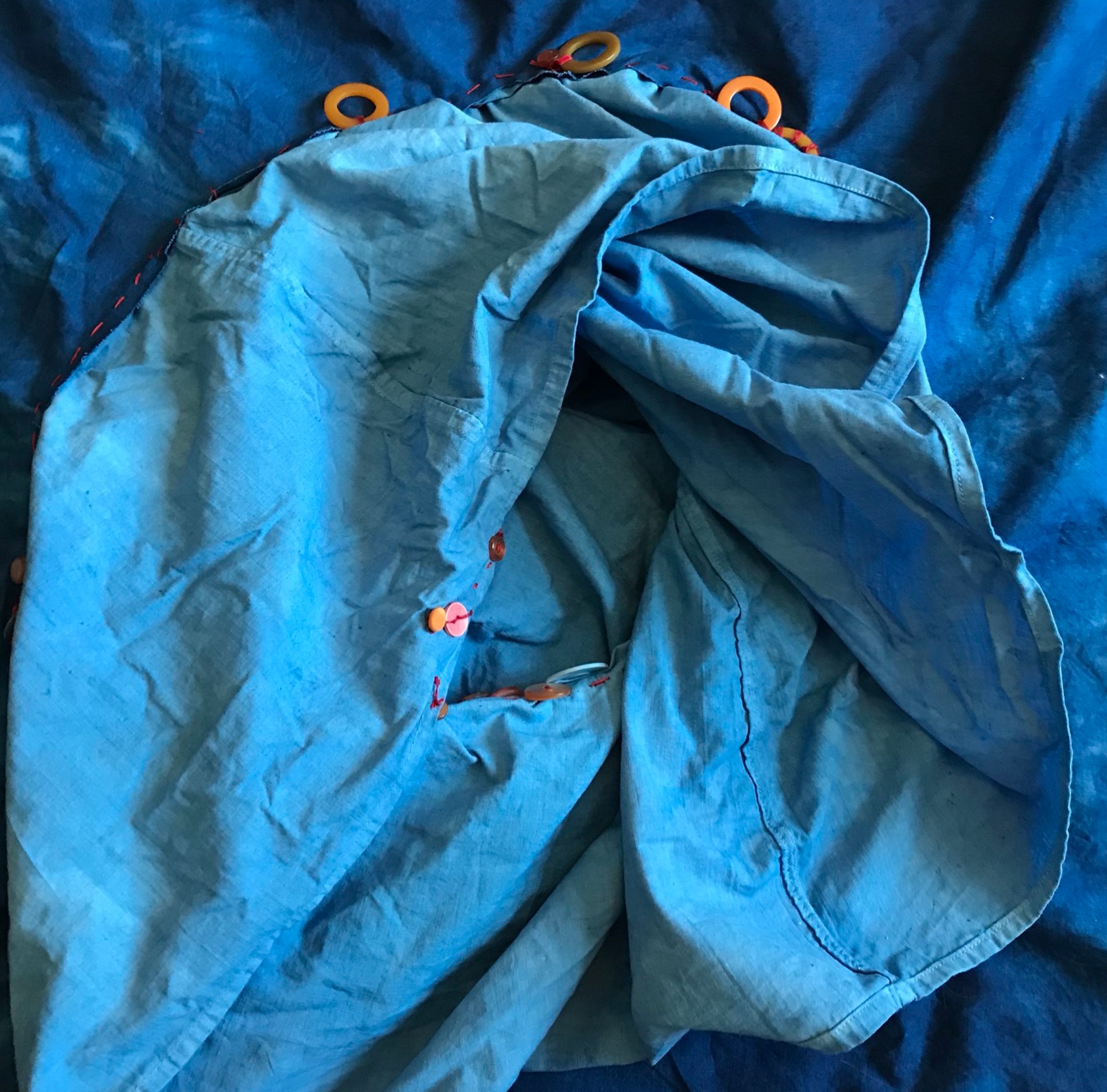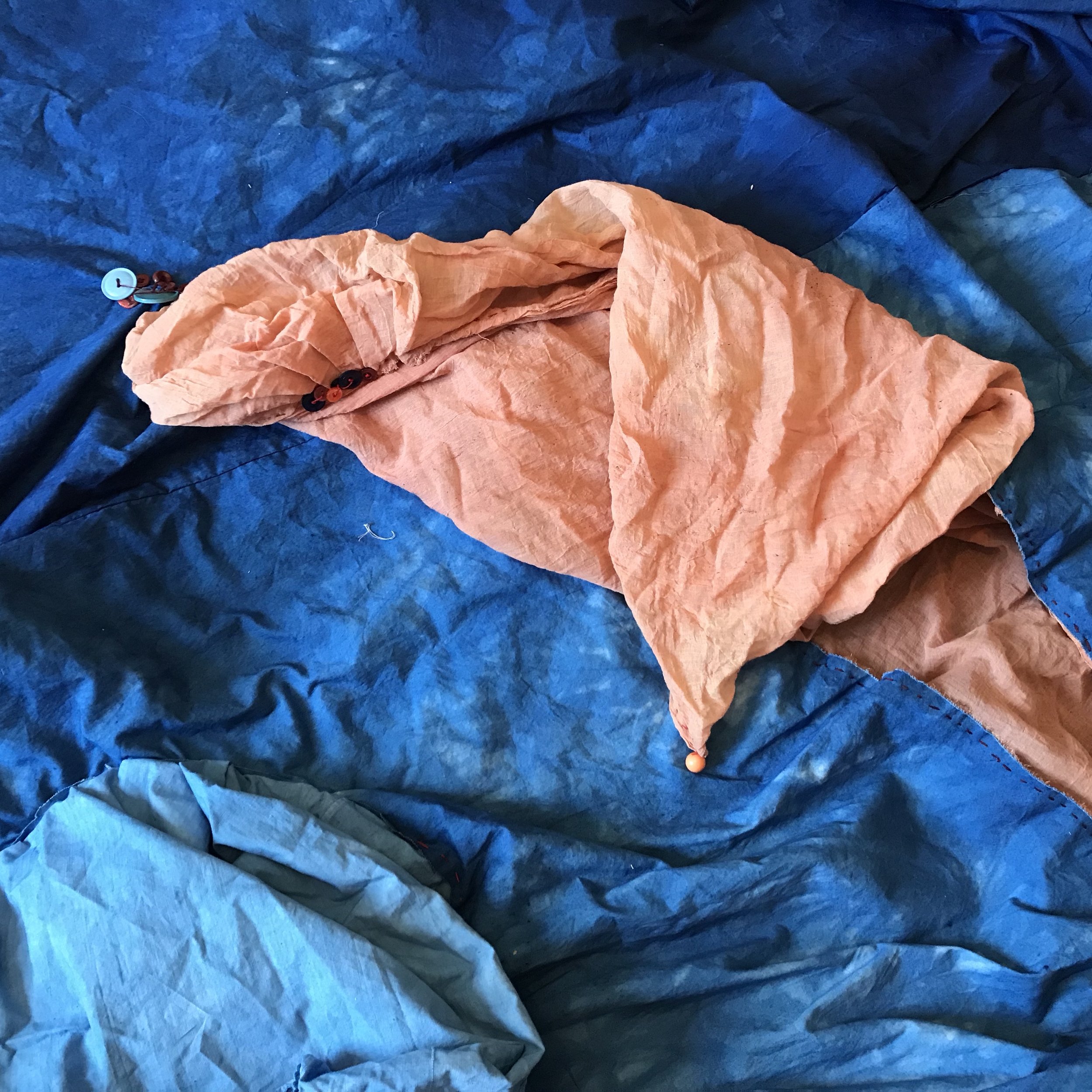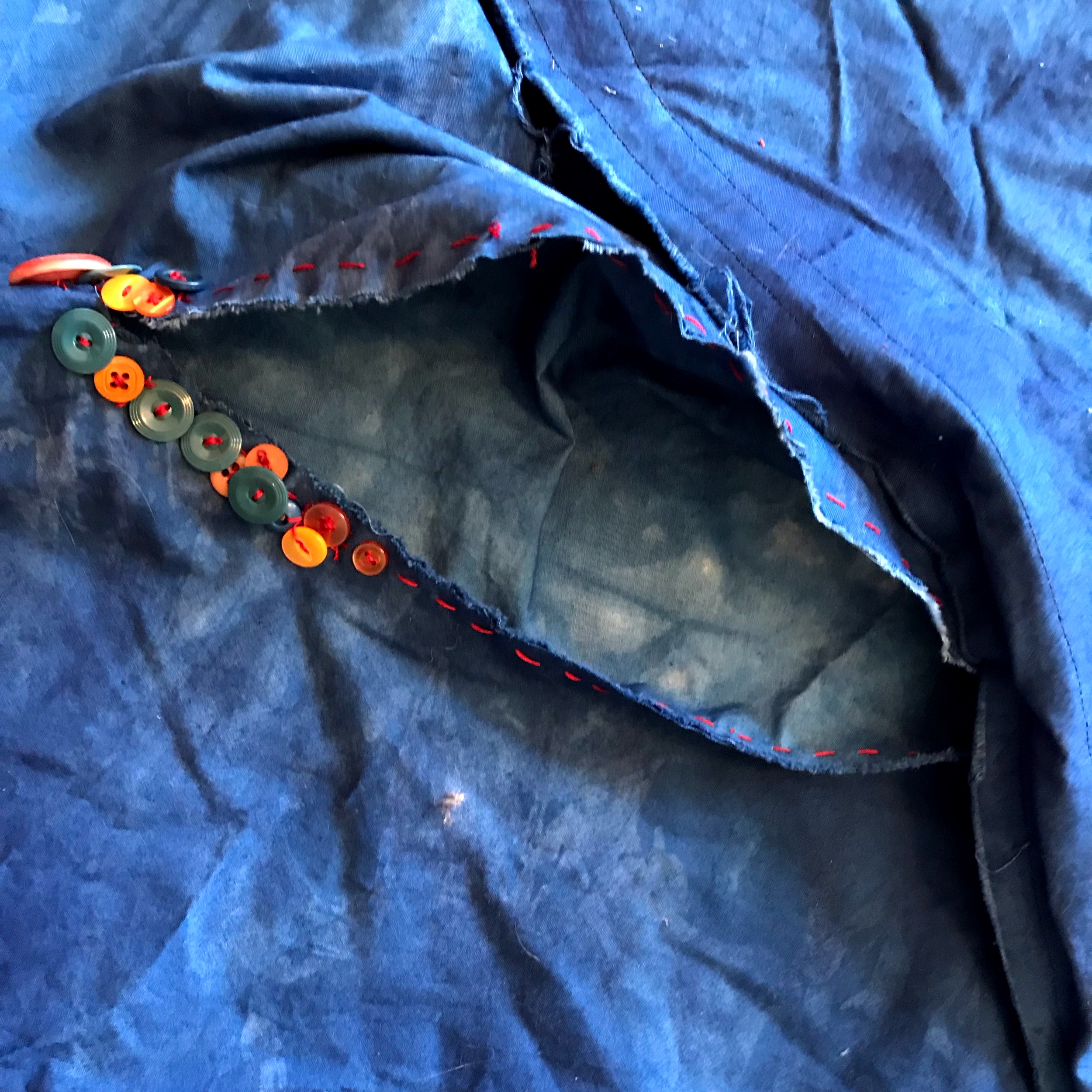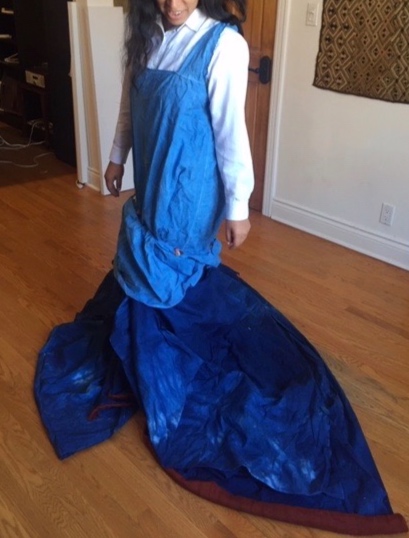
Collective Fabulations - Propositions for Social Dreaming
This is the third collaborative work between artists Erin Manning and Andrew Goodman to propose environments that open the potential for new complex and trans-personal ecologies to resonate across a number of registers activating more-than-human agencies. Here we draw on Le Guin’s speculative short story The Collective Dreaming of the Frin about a people who share their dreams, developing a collective sensitivity to the lives they share in their sleep. Dreams, we propose, are collective fabulations that expose experience to an excess that lies outside daily actualisations of existence. Our project will activate speculative diagrams that map not the Freudian interiority of a dreamscape but the collective plane where dreams trouble the notion of the self-enclosed subject, where “dreams elude their dreamers on every plane” (Le Guin 14). Here dreams might be triggers for emergent connectivity between sleepers, compressing space and time into a collective, social and ecologically generative act.
About
Collective Fabulations: Propositions for social dreaming
In Ephemeral Territories (2003), Manning explored the question of home in the context of second-generation immigrant artists in Canada. Troubled by the deep relation between the concept of home and that of the nation-state, the focus was on how artists challenge the exclusive narratives of nation-state boundaries, pushing the notion of what it means to belong (to “be home”) beyond the state’s commitment to a dialectics of inclusion-exclusion. The questions asked in Ephemeral Territories are extended by the project here proposed by Erin Manning and Andrew Goodman.
Collective Fabulations: Propositions for Social Dreaming takes the notion of home less as a site than as a constellation for collectivities to come. What if home were less the mortar that achieves a boundary than a proposition to rethink collectivities-at-a-distance? Because it seems to us that the “errant politics” about which Manning wrote in Ephemeral Territories is even more urgently needed today when state boundaries are closing in and right-leaning governments with strong messages of xenophobia can be heard from all sides. It is in this light that our project asks: can home also be an emergent site, a site that moves beyond constituencies defined by national and religious identities? Is there a home in the errant dreams of our nightly excursions? And, must the home our dreams be restricted to human inhabitants? Can home be an interspecies fabulation?
This is the third collaborative work between textile and intermedia artists Erin Manning and Andrew Goodman. In each collaboration, our work has been focused on proposing environments that acknowledge forces beyond individual human agency, crafting the potential for new complex and trans-personal ecologies that develop and resonate across a number of registers, including the more-than human. Continuing in this vein, for this third project we will draw on Ursula Le Guin’s speculative short story The Collective Dreaming of the Frin, a work about a people who share their dreams, developing a collective sensitivity to the lives they share in their sleep. Our work follows Le Guin in her suggestion that dreams do not strictly belong to the dreamer, but are orientors for an emergent connectivity that compresses space and time into a collective, social and ecologically generative act.
For Le Guin, dreams are not private property. Dreams move. Does the notion of home also move with the dream? Do dreams dream home into existence?
In order to make this activation of home as a fabulatory proposition felt, we propose to work with two duvets, each made by one of the artists. The duvets will cover two beds in two festival locations (ideally homes!) in which participants can spend the night. These duvets will incorporate fabric from our everyday lives with a focus on the textures of our own dreamscapes and experiences of home. We will not share the work on the duvets until they are completed, thereby allowing maximal difference in the composition. Once the duvets are sewn, sensors, small speakers and LEDs will be added, and a final cotton layer will be sewn on the undersides of each duvet to hide them. Participant-sleepers will be invited to spend the night, dreaming these textures into being. As they dream the sensors will interweave the rhythms of their movements and sounds and utilize these to feed generative algorithms that will then compose subtle vibrations, sounds and colours that are sent into both the duvets over a duration of several days. The dreams will become doubly ‘social’: shared both between participants and between participants and the larger physical environments in which they sleep. Viewers visiting one site during the day will be able to experience the connection to the dreams in the night from the other site by lying briefly in the beds.
This work seeks not only to explore the connection between human dreams, but also the more-than human and non-sentient dreaming that accompanies us as we sleep – the quality of the air, the breeze, the insects and microbes as they connect to the dreamscapes we tend to forget upon waking, their lively traces quickly erased. Our hope is that the experience of the textured sleep, the narratives this engenders, the stories that are crafted and retold and of course the generative algorithms, sensors, colours and vibrations of the bed-covers, become an active part of the ecology of the collective act of dreaming’s errant politics.
Dreams, we propose, are collective fabulations that expose experience to its excess, to the more-than that lies outside daily actualisations of existence. Our project will activate speculative diagrams that map not the interority of a dreamscape (as Freud or Jung might have us do) but the collective plane where dreams trouble the notion of the self-enclosed subject, where “dreams elude their dreamers on every plane” (Le Guin 14). Perhaps here an account of home can be fabulated that carries with it a politics of the social and of the emergently collective, a home that is less an existing site than a proposition for new modes of existence.
Fugitive dreaming. Three Quilts (Erin Manning and Andrew Goodman).
1. Two-sided, multiple entry-way, hand-sewn quilt with cotton batting. Saffron, hand-dyed, sleepwear 1875-1930, antique Japanese kimono silk (Erin Manning 2017)
2. Two-sided, multiple entry-way, hand-sewn quilt with cotton batting. Indigo, hand-dyed, sleepwear 1875-1930, antique Japanese kimono silk, hand-loomed silk, hand-loomed cotton (Erin Manning 2018)
3. One-sided, hand-sewn quilt with textured apertures. Machine-loomed satin (Andrew Goodman 2018)

